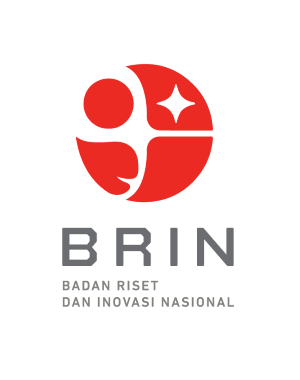Analisis Tingkat Kelansungan Hidup dan Laju Pertumbuhan, Lamun (Enhalus acoroides) Dengan Teknik Trasnplantasi Frame Bambu di Desa Laikang Kecamatan Mangarabombang Kabupaten Takalar
DOI:
https://doi.org/10.33096/jiwall.v3i1.646Keywords:
Seagrass (Enhalus acoroides), Transplantation, Survival Rate, Growth Rate, Takalar RegencyAbstract
Seagrass is the only flowering plant (Spermatophyta) that can adapt to aquatic environments and can live in saltwater media, function normally in submerged conditions, have a strong root system. Seagrass beds play an important role in the ecological structure of coastal areas. In its development, many seagrass areas have experienced disturbances or damage due to natural disturbances or human activities. The purpose of this study is to overcome damage to seagrass ecosystems, understand the optimal conditions that support growth (Enhalus acoroides), as information and reference material for carrying out rehabilitation activities in damaged seagrass conditions. Using the bamboo frame transplantation method, leaf marking method, and environmental parameter collection method. The results showed that the survival rate of Enhalus acoroides after 28 days was 40% at station 1 and 57% at station 2. The average growth rate of E. acoroides at station 1 reached 0.374 cm/day. At station 2, the markers on the leaves of E. acoroides were lost due to physical damage caused by strong currents. Environmental factors were identified as the main cause of the low survival rate and growth rate of E. acoroides.






.png)




